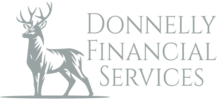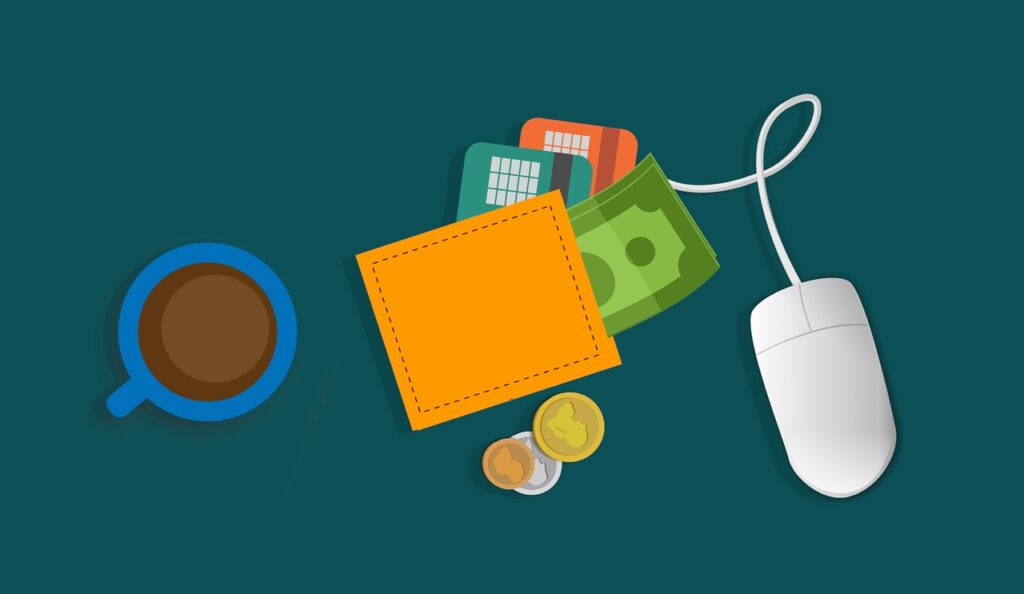Americans are coming off more than a decade of lackluster returns on their cash accounts, and it’s caused a lot of us to get a little too relaxed in our cash management strategy. Starting in the midst of the 2008 Financial Crisis, interest rates were cut to nearly zero, and held to historically low levels for the proceeding decade. Throughout this time period, many of us didn’t give much thought to the interest we were getting on our savings accounts. Especially underwhelmed were the older generations who remembered the hay days of six, or even eight percent interest on short term CDs. Well, it’s time for all of us, young and old, to wake up to the reality of this new era in interest rates. It’s time to get brushed up on our banking products, and start reaping more benefits from our hard earned cash.
What Is Cash Management & Why Is It Important?
Cash management is strategically thinking about, and deciding where you want to hold your cash. Particularly, the cash held outside of your checking account. As a financial planner, one of the first items I tackle with clients is making sure they have cash set aside as an emergency fund. The question often arises ‘where should I house this emergency fund?’ The same question should be asked by anyone who has substantial cash accounts sitting on their household’s balance sheet.
When it comes to cash, your mentality should be that you’ve worked hard for your money, so your money should always be working its hardest for you. Unfortunately, because of the low interest rates of the past ten plus years, our cash hasn’t been working very hard on our behalf. Most of us would have been getting less than one percent in interest on our savings accounts, which doesn’t really move the needle. However, the times they are a changin’. As many of us are aware, the Fed has substantially increased interest rates throughout the course of 2022. While these rate increases put strain on the debt side of our balance sheet, they simultaneously create an opportunity worth paying attention to when it comes to managing your cash.

Cash In On Your Cash
Rising interest rates mean that banks want your deposits again. The more money a bank holds for its customers, the more money it can lend out to other borrowers. This earns the bank interest, or in other words profit. Therefore, for the first time in over a decade, banks are putting substantial resources toward enticing new customers, and when banks compete you win! Now, instead of a mere 0.25% on a savings account, banks are offering one, two, or even three percent on savings accounts. CDs (yeah, remember them?) are starting to offer north of three percent for short term durations. Short term Treasury bonds, theoretically the safest investment available to investors, are yielding four percent. The takeaway from all of this is that your cash can, and should, start to do more for you.
Building Your Cash Strategy
Now that we’re all on the same page regarding the importance of cash management, let’s discuss the navigation of choosing the right product / institution. The first step is to find out what your current cash accounts are yielding for you in interest. This is known as your annual percentage yield or APY, and it can be found on either statements, or by calling the institution. Next, it’s time to hop online and see what other institutions are offering. The banking world has gotten pretty creative on how they attract new customers. For example, I chose to open an account with an institution that applies their 2% APY to both my checking and savings account balances each month. This type of benefit is especially attractive to people who like to carry a significant balance in their checking account, along with cash in their savings.
Now let’s take things a step further. Think about how much cash on-hand you really need to feel comfortable. I recommend keeping three to six months worth of expenses liquid in a savings account at all times. Anything beyond that is considered excess cash, and you should consider putting it to work. This is where CDs and / or bonds come into play. Theoretically, in a worst case scenario, you won’t need that excess cash for a minimum of six months. So, why not put it towards a short term CD that pays an even higher interest rate than a savings accounts? Ten thousand dollars in a savings account paying a 1.5% APY, versus a 12 month CD paying 3.75% (the highest I’ve seen) is the difference of $225 in interest gained over the course of a year. If you iterate this mentality and process over the course of years, and with more excess cash, the numbers add up pretty quickly.
As a responsible steward of your wealth, cash management should be a key consideration that coordinates with, and complements the rest of your financial plan. Although moving your money around and seeking out rates can seem like a hassle, an hour or two of your time each year can be the difference of hundreds of dollars paid to you in annual interest. More importantly, there is significant lifetime value in adopting the idea that your cash should always be working its hardest for you.


